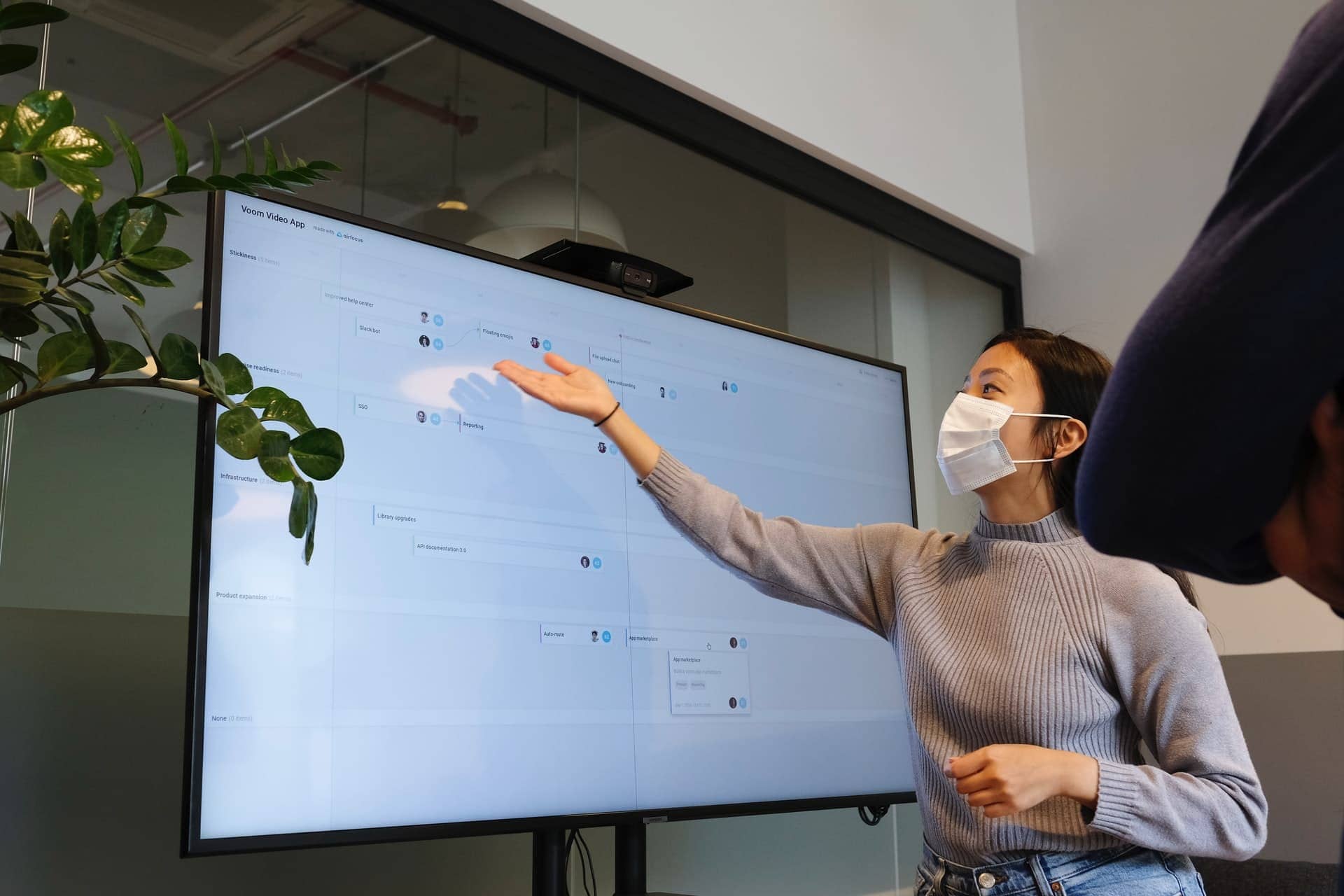Category: Trends
Category: Trends
December 31, 2020
Here is a statistic that is hard to believe: Remote working accounted for only 3.4% of the total U.S. workforce population prior to COVID-19, according to Gallup. In fact, many companies, including tech companies such as Yahoo!, famously banned working from home prior to the pandemic because the company craved “increased productivity and a more connected company culture.”
April 22, 2021
For the first time it appears that the grip of the COVID-19 pandemic has begun to loosen. Hospitalizations and fatalities are down substantially from the highs seen in late 2020 and early 2021, and as a result it’s become possible to think in terms of a post-pandemic world.
November 17, 2021
As we adjust to the new normal, office investors are determining how their properties can adapt to the shifting needs of today’s workforce and tenants. In a recent Q&A with Chuck Schreiber, CEO and Co-founder of KBS, the CRE executive shared his thoughts on the topic.
July 5, 2022
The evolved workplace is here, something not at all like the traditional offices last seen in 2019. As a result of the pandemic, a revised relationship now exists between organizations and employees. A new middle ground is beginning to emerge, a more welcoming and supportive environment where new creative office environments play a central role.
April 6, 2022
As the retail sector rebounds from another great disruption, the hybrid approach between physical and digital experiences is gaining steam in the industry.
January 15, 2017
VTS technology is changing the game for owners and brokers seeking to better manage transaction and market information.
April 29, 2021
Sustainability continues to be a top priority for leaders across the globe, including newly elected U.S. President Joe Biden who has taken a whole-of-government approach to combating the ongoing climate crisis. In January 2021, Biden announced a series of executive orders, including his international and domestic climate change agenda that calls for investing in renewable and clean energy, rejoining the Paris Agreement, and achieving a net-zero emission economy by 2050. Nothing specific in these executive orders appear to point to the commercial real estate sector, but as plans are set in motion these actions will likely set a broader precedent for all industries. Here are some trends to look for as it relates to office:
May 26, 2020
The economic disruption caused by COVID-19 will require many companies to revise their short- and long-term business plans, which is likely to impact current and future real estate needs. For some occupiers, market trends could lead to a temporary or permanent expansion; for others, a reduction or consolidation of space may be warranted.
January 7, 2022
Now may be the ideal time to consider adaptive reuse to convert commercial property to residential or repurposed for a different commercial use.
August 30, 2022
Commercial real estate (CRE) relies heavily on social trends and technology to stay current and competitive. One of the latest developments to have captured our collective imaginations is the metaverse, perhaps because of its sci-fi sounding name — or, due to the investments made in the technology by global brands, FinTechs, and even celebrities. A potentially multi-trillion dollar opportunity buoyed by nearly 400 million current users (projected to reach five billion by 2030), the metaverse may be poised to become the next big tactic in business strategy.
September 17, 2020
As local governments begin lifting stay at home orders and more employees begin returning to the office, research points to heightened employee anxiety stemming from social unrest, COVID-19, and other economic pressures—factors that can negatively impact productivity and overall wellbeing.
February 1, 2022
For the multifamily housing industry, 2022 is here. Along with the new year, there’s a hope for better times as well as a need to clean-up unfinished business.
September 8, 2021
Luxury ground-up apartment development in Raleigh, North Carolina,
offers exceptional amenities and overlooks the popular Midtown Park.
July 28, 2022
As a powerful supporting driver of Commercial Real Estate (CRE), e-commerce has shown how it can endure, even through a pandemic and supply chain shutdowns. Learn more about how e-commerce has helped maintain a steady demand for space — and how the Industrial sector is responding.
January 29, 2021
Amidst the ongoing crisis, built environments are at the front lines of change and will play a huge role in creating a more resilient world going forward. Office architects are re-envisioning the future of the workplace—where and how we work. Unfortunately, there is no crystal ball to predict exactly what the new future-oriented office will look like, but what we do know is flexibility and adaptability will be key in resilient design.
June 16, 2021
The focus on Environmental, Social and Governance principles drives value for a long list of stakeholders, including commercial real estate investors.
March 29, 2020
The office landscape and workforce has seen a dramatic transformation in the last decade: open layouts replaced large cubicle footprints; daily work schedules are less “scheduled” and more digital and flexible; and in-person assemblies are now virtual gatherings. Leading this charge is technology.
January 15, 2018
Commonwealth Building anchor tenant Quantum Spatial offers a clear view of the world – one laser pulse at a time.
May 9, 2022
Owners and investors in Commercial Real Estate (CRE) are working to attract employees back to the office while contending with trends such as hybrid work, competitors who offer work-from-home options, and the Great Resignation. At the same time, employees are hyperaware of their surroundings — with health and safety top of mind.
December 20, 2019
The technology and digital sphere is a hyper-connected game in which we are all active players. How many times today did you use your smartphone or tablet to send a message, browse the web or simply take a picture?



















